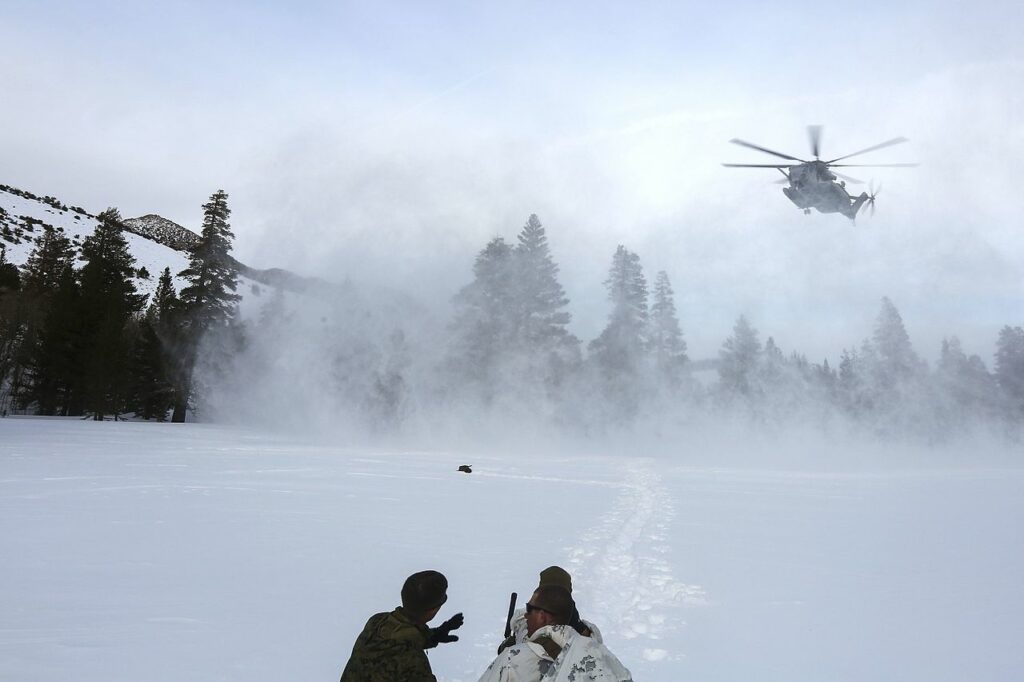For some snow enthusiasts, the best way to experience Utah’s world famous powder is to explore the backcountry. However, there is a killer lurking on the snow-covered hills, glades and runs: avalanches.
Only knowledge and preparation can defend those who travel in the backcountry against the threat of an avalanche.
Fourteen people have lost their lives in Utah avalanches since 2012, according to the Utah Avalanche Center, a non-profit that forecasts avalanches and provides emergency education. However, that doesn’t keep snow lovers from heading into the backcountry.
“I love being out there. I love being away from the crowds. I love skiing powder,” Ben Towery, an Ogden resident and avid backcountry skier, said.
While several locals are looking to brave the backcountry environment, others are looking to ensure safety is a priority.
Weber State University Outdoor Program Assistant Coordinator Jamie Bernstein said, “The thing about avalanches is that they happen in very specific types of terrain in very specific conditions. If you can learn to recognize those things you can simply not die.”
Bernstein said weather, snow layers and slope angle are all factors that cause avalanches.
“Slopes need to be steep enough for avalanches to happen. The slope steepness needs to be somewhere between 30 and 45 degrees,” Bernstein said. Areas adjacent to and below such slopes are dangerous, he added.
Bernstein stressed the importance of learning how to travel safely through avalanche terrain. Fortunately, programs that teach their students how to do so aren’t far away.
The American Institute for Avalanche Research and Education is a non-profit organization that develops and disseminates avalanche course materials to qualified instructors. The three-day AIARE Level One course prepares students for successful backcountry excursions.
The organization’s website says they “gather the latest knowledge, research and ideas in avalanche safety and create avalanche training courses that reflect the needs of today’s backcountry travelers.”
Weber State University’s Outdoor Program offers AIARE Level One courses throughout the winter season. Bernstein, a qualified AIARE Level One instructor, said, “Taking one of our courses will help students learn how to find the best snow for skiing in the backcountry and how to get there and play in it safely.”
The AIARE Level One course is offered to Weber State University students at a discount. The next course will be held Feb. 24 to 26 at the Bloomington Canyon Yurt in Idaho.
There are other educational opportunities for those students strapped for cash and time.
Gear:30, an outdoor gear retailer in Ogden, recently hosted a Know Before You Go avalanche awareness program. Know Before You Go is a free presentation that teaches people how to avoid avalanche danger.
“Becoming avalanche knowledgeable is super important, which is why we try to host the Know Before You Go classes,” R. Brandon Long, marketing director for Gear:30, said.
Long said the one-hour Know Before You Go program is a good start for students interested in taking the AIARE Level One course. Gear:30 is planning to host at least one Know Before You Go program each season.
In addition to training opportunities, like the AIARE Level One course and Know Before You Go program, backcountry travelers are encouraged to visit the Utah Avalanche Center website before planning off-piste trips. The website offers daily avalanche advisories, detailed weather conditions, links to educational opportunities and more.
“I think it’s an amazing resource that we have here,” Bernstein said, regarding the Utah Avalanche Center. “Not everywhere has as an involved and dedicated avalanche center as we have here in the Wasatch Front.”
Having the proper equipment is as vital as being educated about traveling in backcountry.
For those who don’t have equipment, Weber State University’s Outdoor Program rents avalanche safety packages. The package includes a beacon, probe and shovel.
Long said just because a backcountry traveler may be carrying the proper safety equipment doesn’t mean they are invincible to avalanche risk.
Bernstein maintained that the key to avalanche safety is to never have to use the avalanche rescue equipment.
“The idea with avalanche education is just not exposing yourself to that avalanche hazard in the first place,” Bernstein said.
Note: This article has been updated to clarify the dangers of avalanches and the qualifications of Jamie Bernstein.














